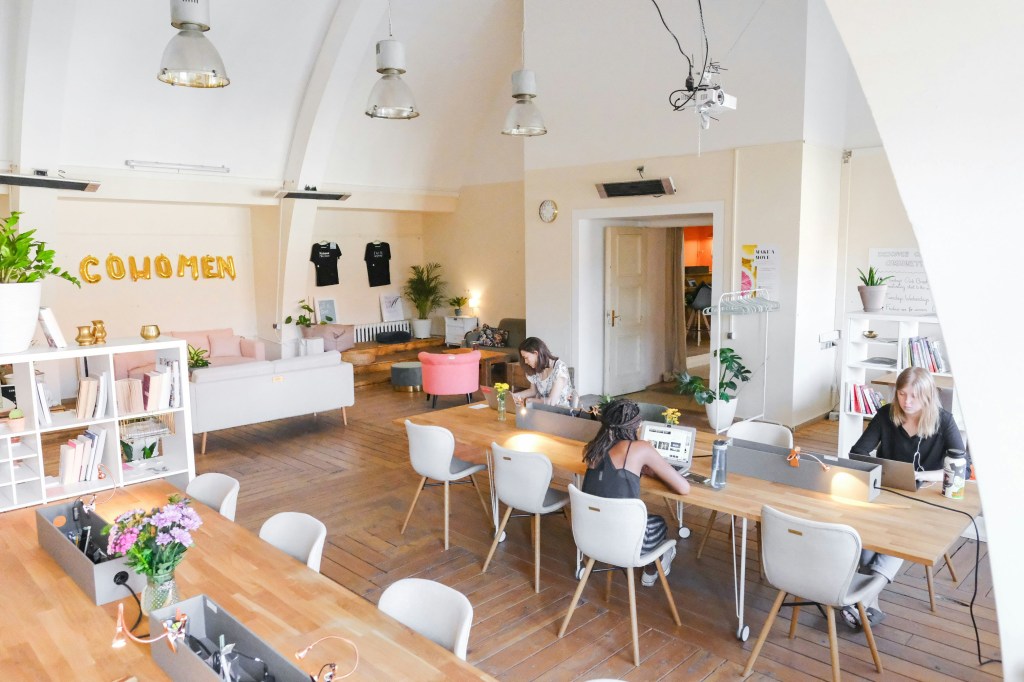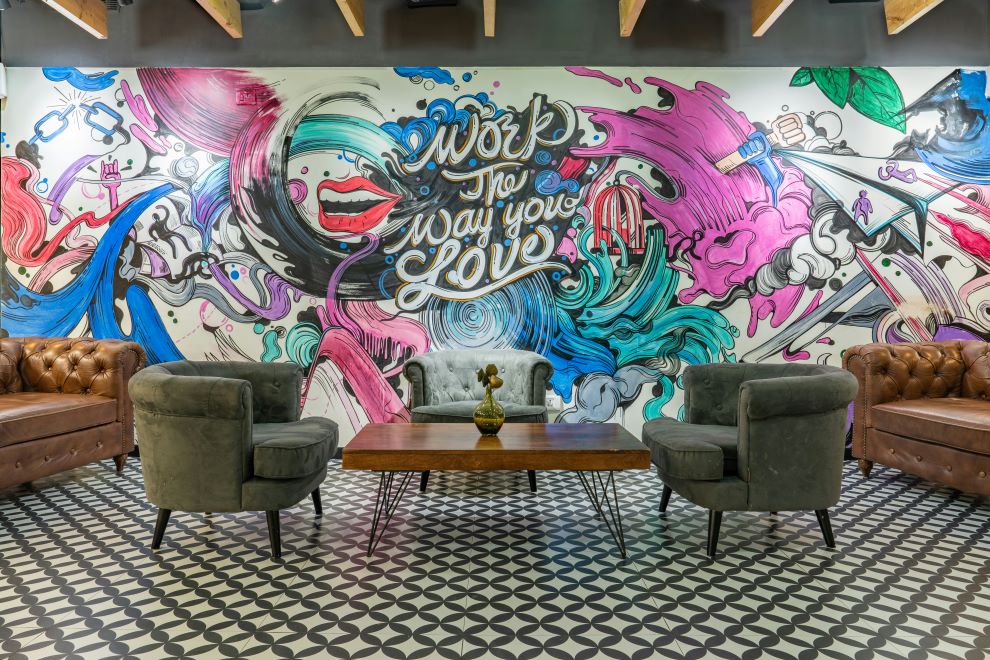The Evolution of Coworking Spaces: From Niche to Mainstream
Coworking spaces have undergone a dramatic transformation over the past two decades, evolving from a niche concept catering to freelancers and startups to a mainstream phenomenon embraced by large corporations, remote workers and entrepreneurs alike. This shift reflects broader changes in the way people work, collaborate and interact with their physical workspace. Understanding this evolution offers insight into the future of work and the growing importance of flexibility and community in the workplace.
The Birth of Coworking: A Niche Concept
The concept of coworking first emerged in the early 2000s as a response to the increasing number of freelancers and independent workers who craved a workspace that offered more than just a desk and an internet connection. These early adopters sought out a place that provided a sense of community and collaboration, something that was missing from the isolation of working from home or the distractions of a coffee shop.
In 2005, Brad Neuberg is credited with launching the first official coworking space in San Francisco. His vision was to create a shared workspace that offered both the structure of an office and the freedom of independent work. This initial coworking space attracted a small but dedicated group of individuals who valued the balance of autonomy and community that it provided.

During this period, coworking spaces were still very much a niche concept, primarily serving freelancers, startups and small businesses that couldn’t afford traditional office space. The appeal was clear: coworking offered flexibility, lower costs and access to a community of like-minded individuals.
Expansion and Diversification: Coworking Goes Global
As the benefits of coworking became more widely recognized, the concept began to spread across the globe. The rise of digital nomadism, remote work and the gig economy in the 2010s fueled the demand for coworking spaces. Entrepreneurs and investors quickly saw the potential, leading to the proliferation of coworking spaces in major cities worldwide.
Companies like WeWork and Regus began to scale the concept, offering coworking spaces that catered to a broader range of professionals. These spaces not only provided desks and Wi-Fi but also offered a variety of amenities such as meeting rooms, event spaces and networking opportunities. The focus on creating vibrant, community-oriented environments became a key selling point for many coworking providers.
The diversification of coworking spaces also became evident during this time. Spaces began to cater to specific industries or communities, such as tech startups, creatives and women-led businesses. This specialization allowed coworking spaces to attract niche markets while still maintaining the broader appeal of flexibility and community.

The Mainstreaming of Coworking: A Workplace Revolution
By the late 2010s, coworking spaces had firmly entered the mainstream. What was once a niche offering for freelancers had become a viable option for companies of all sizes. Large corporations started to embrace coworking to provide flexible work arrangements for their employees, reduce real estate costs and foster innovation through collaboration with startups and entrepreneurs.
The COVID-19 pandemic further accelerated the shift towards coworking. As companies reevaluated their office needs in the face of remote work, many turned to coworking spaces as a flexible solution. The ability to scale up or down, depending on the needs of the business, became a critical advantage.
Moreover, the pandemic highlighted the importance of work-life balance and well-being, driving demand for coworking spaces that offered more than just a place to work. Wellness features, community events and hybrid work models became increasingly popular as people sought out spaces that supported their physical and mental health.

The Future of Coworking: Continued Growth and Innovation
Looking ahead, coworking spaces are likely to continue evolving to meet the changing needs of the workforce. As hybrid work models become the norm, coworking spaces will play a crucial role in providing flexible, dynamic environments that can accommodate both remote workers and traditional office employees.
Sustainability, technology integration and a focus on community-building will be key trends shaping the future of coworking. As more people seek out purpose-driven work environments, coworking spaces will need to adapt to offer not just a place to work, but a place to thrive.
In conclusion, the evolution of coworking spaces from a niche concept to a mainstream phenomenon reflects broader shifts in the world of work. As the demand for flexibility, community and innovation continues to grow, coworking spaces are well-positioned to remain at the forefront of the workplace revolution. To find out how Yardi Kube coworking software can help you better manage your coworking space and tend to a larger audience, click below to schedule a demo.
